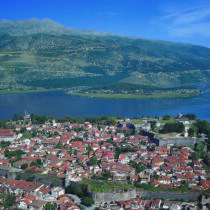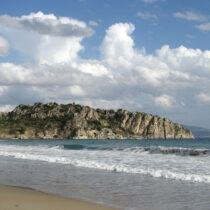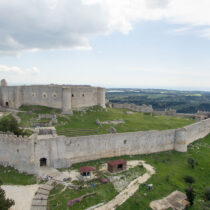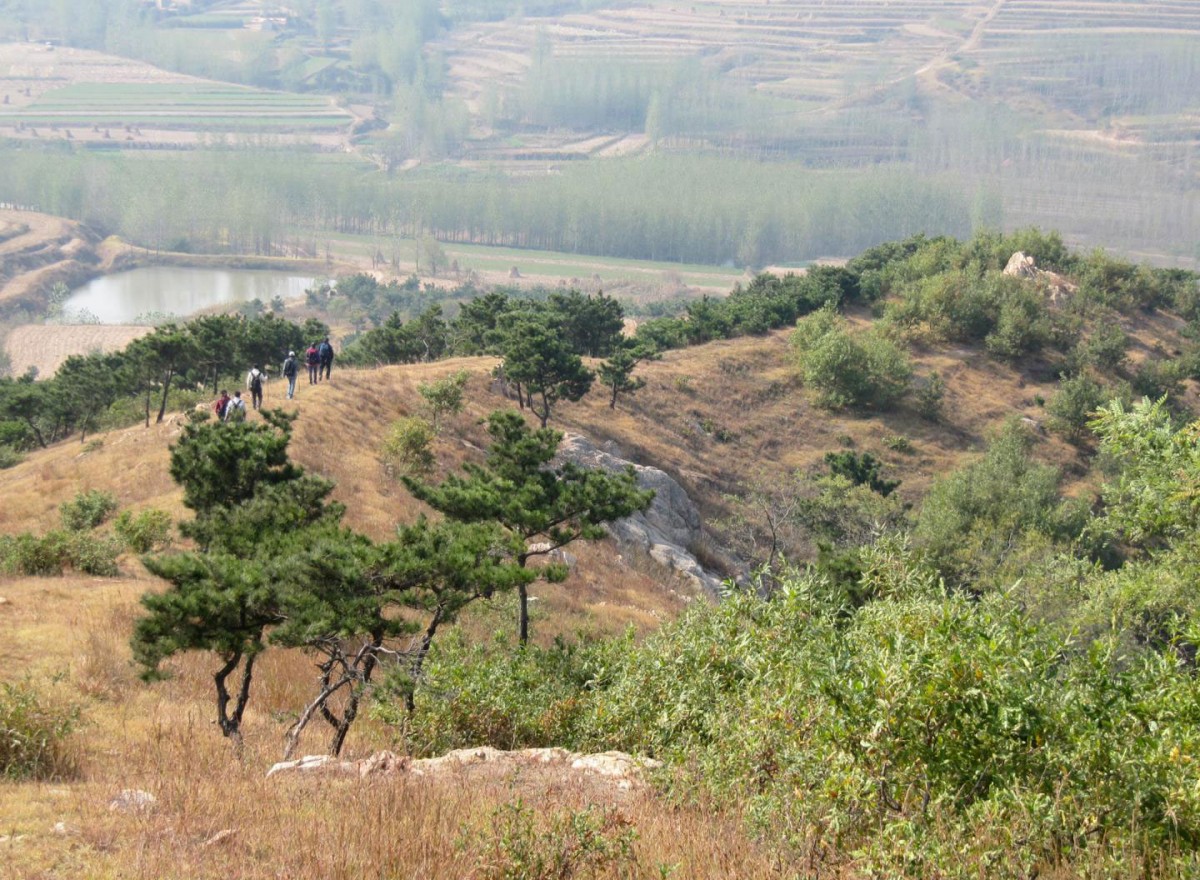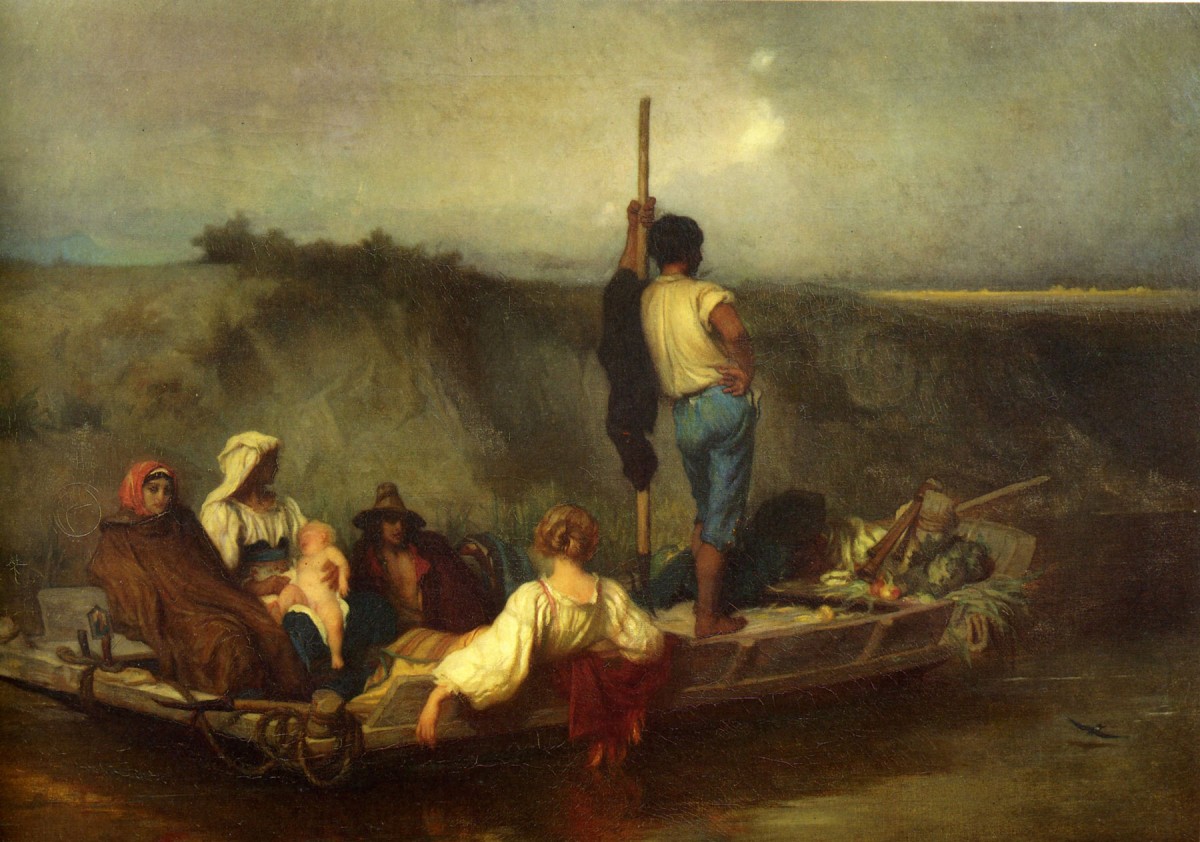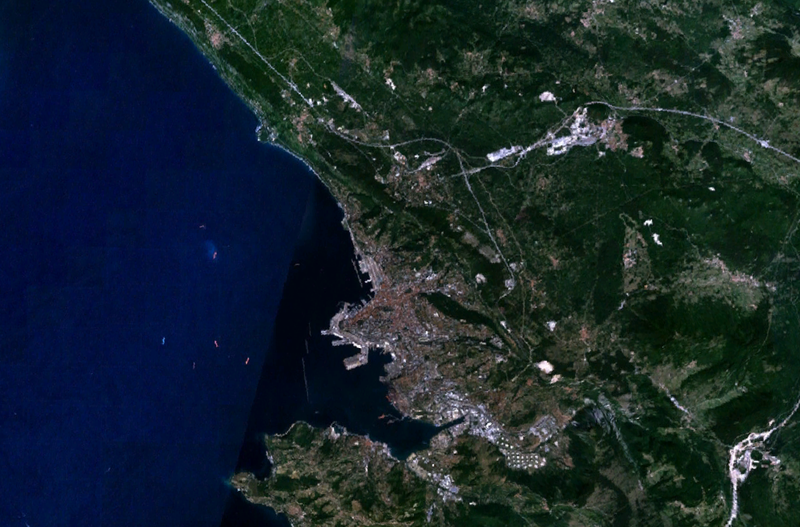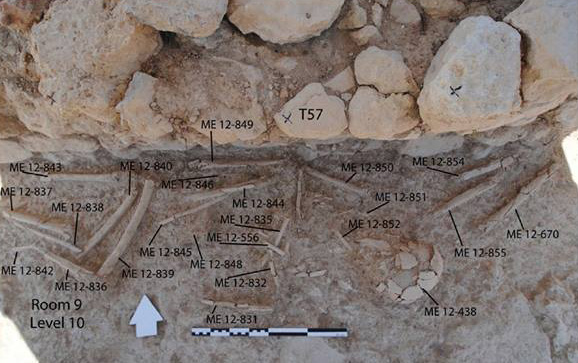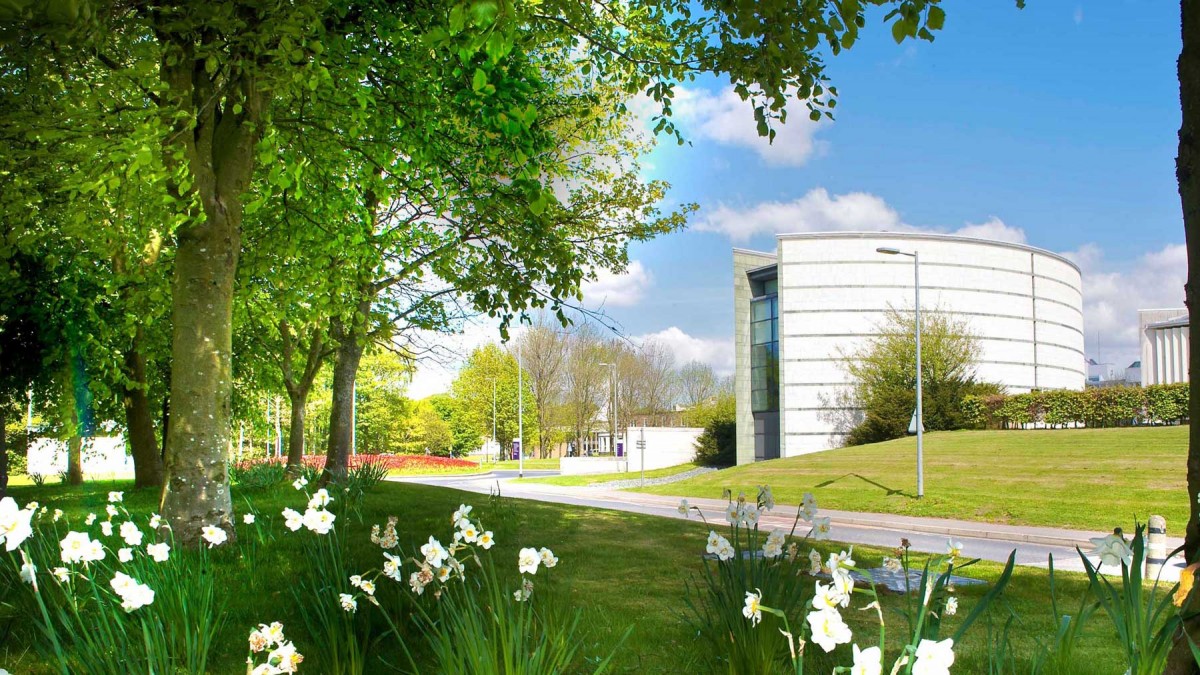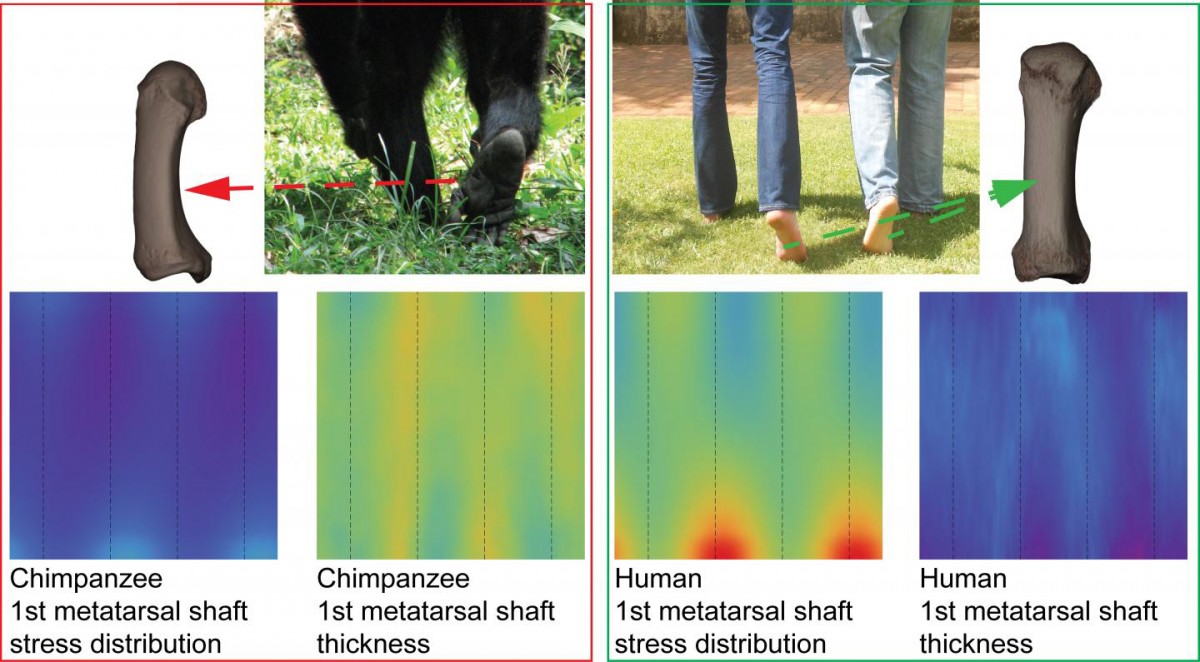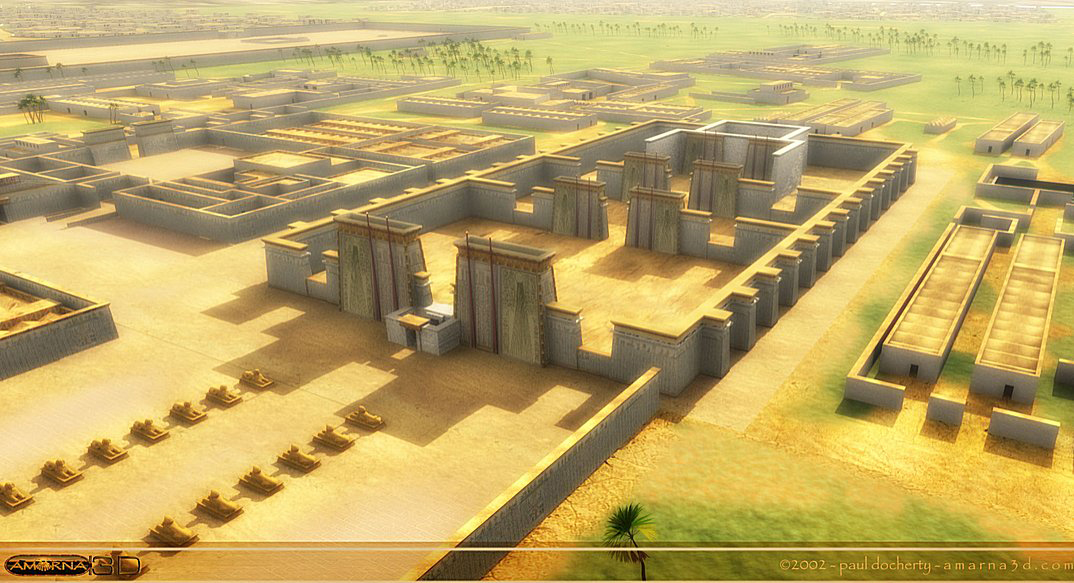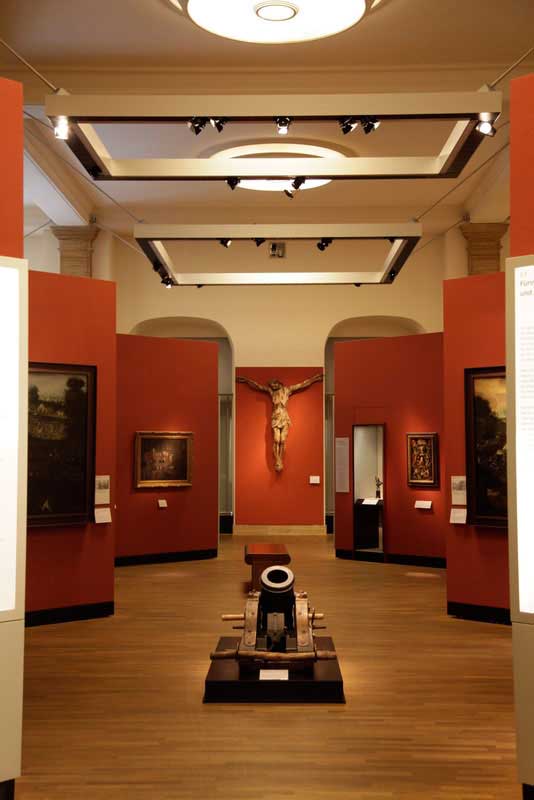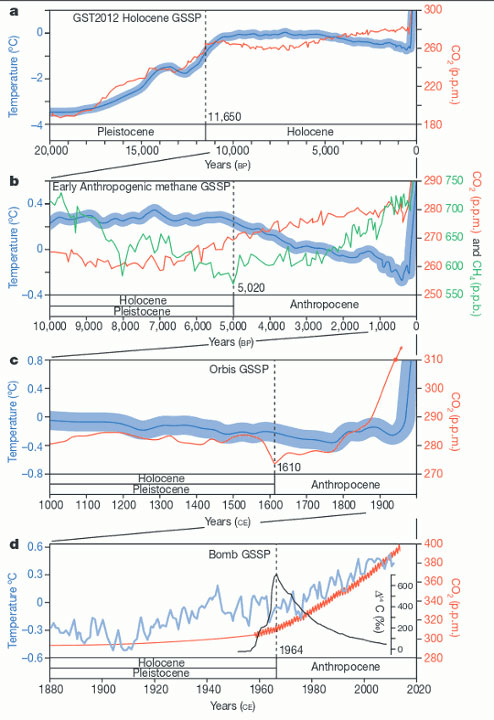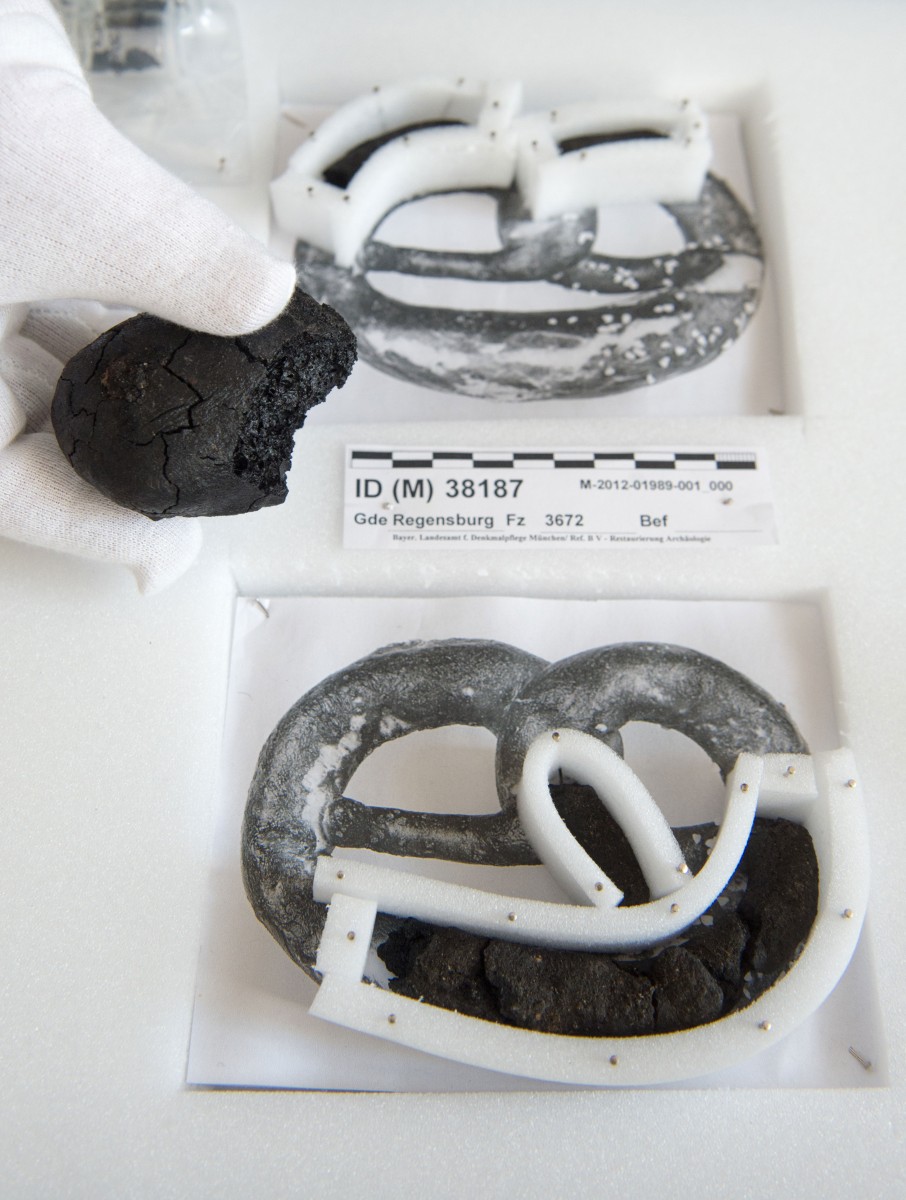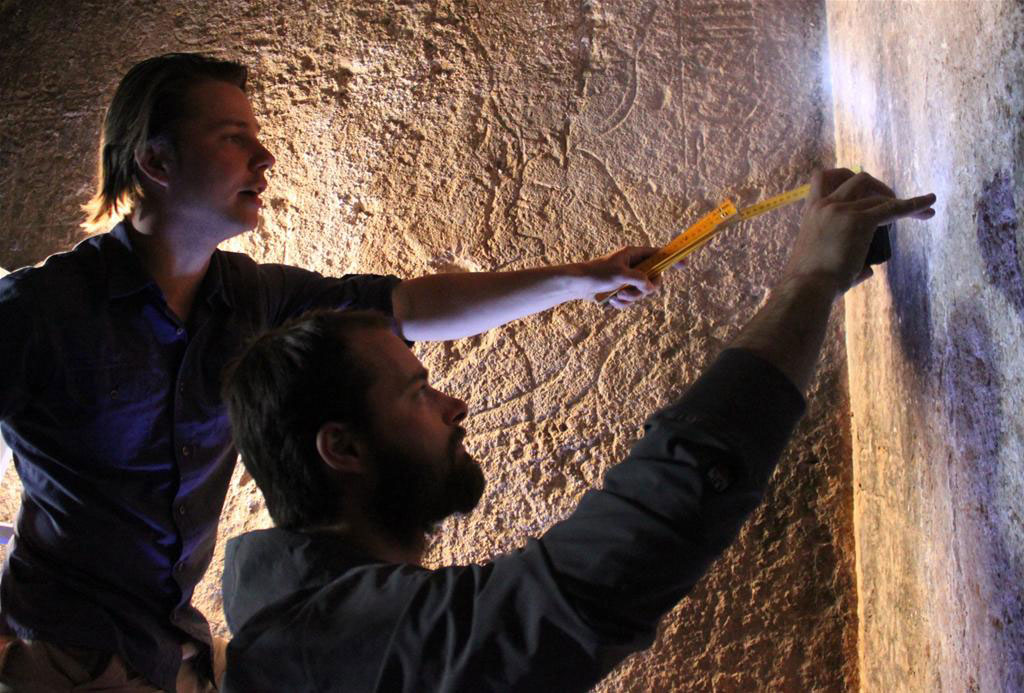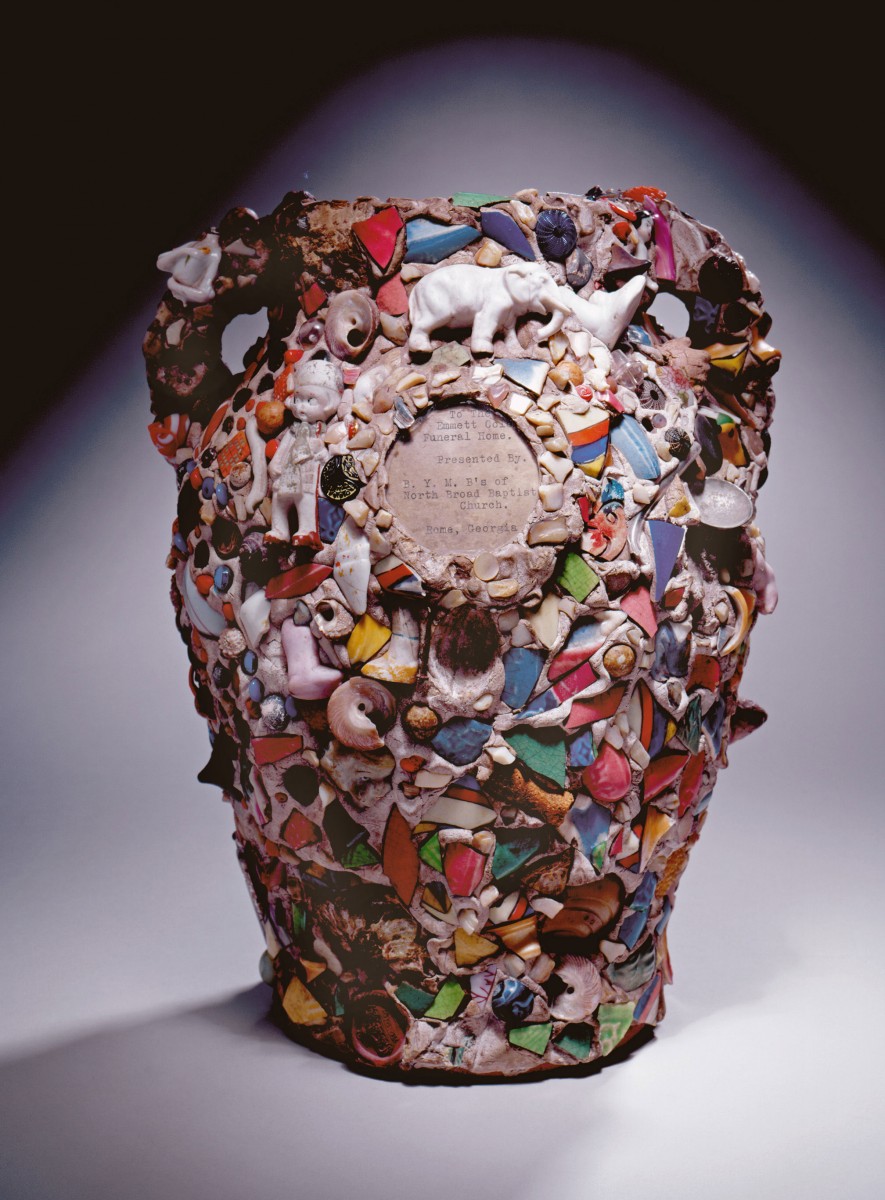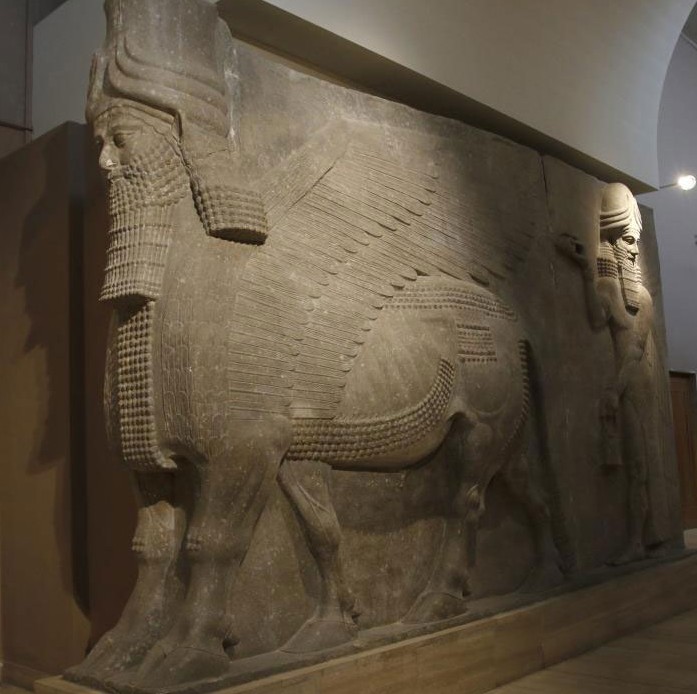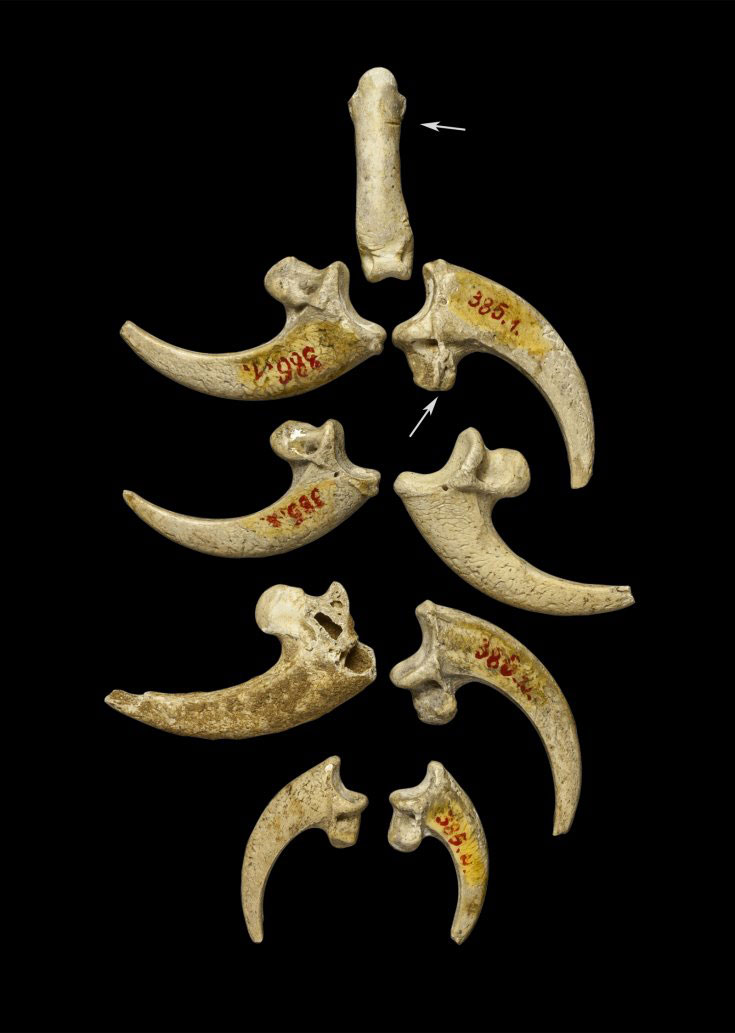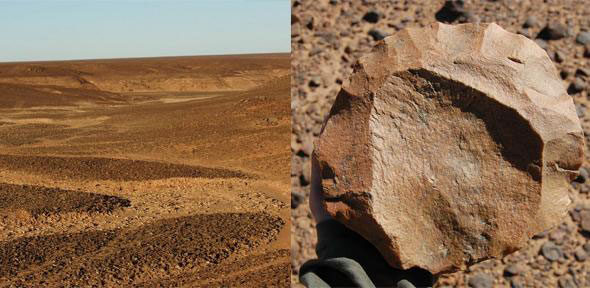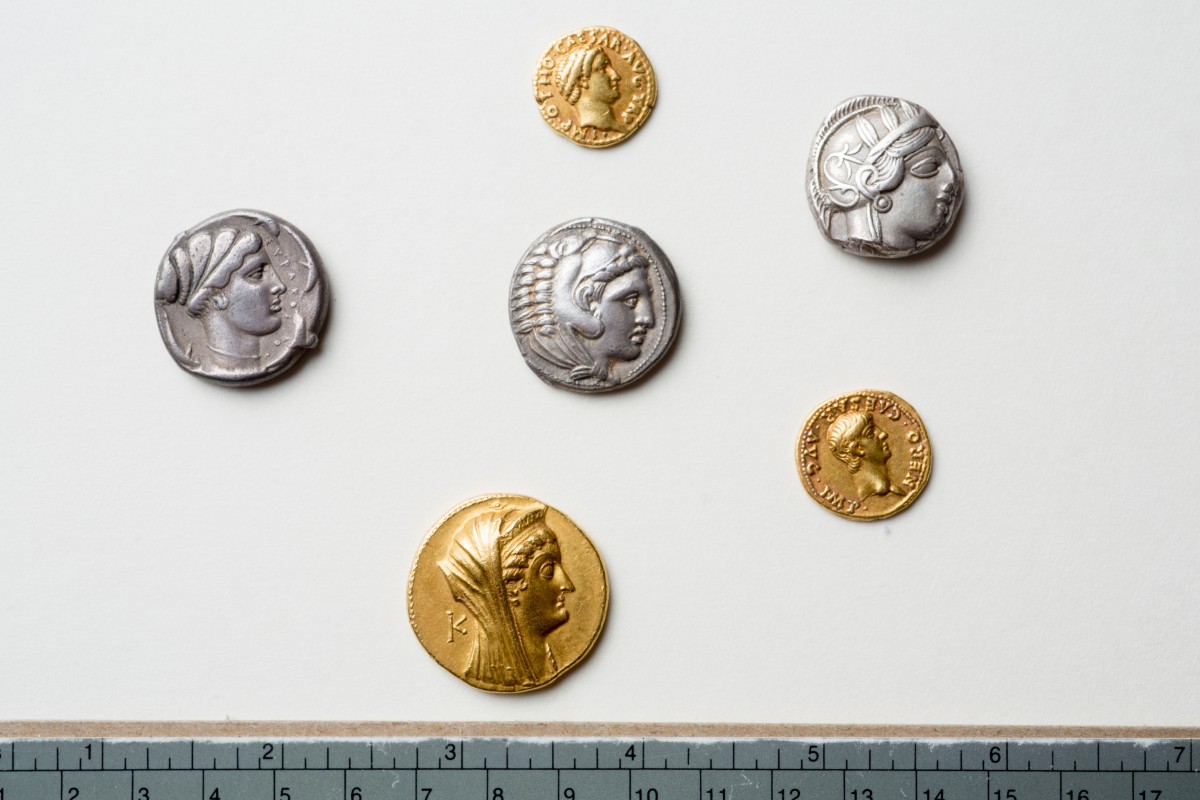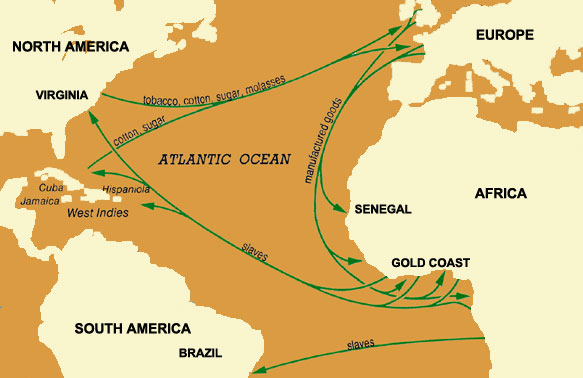Lectureship in Classics
Applications are invited for a lectureship in Classics permanent whole-time post in the Department of Classics within the College of Arts, Celtic Studies & Social Sciences.
Ancient skeleton under Odessos wall
A tall man’s skeleton was found buried in a construction ditch partly under the fortress wall of the Greek and Roman ancient city of Odessos.
Women and the Birth of Democracy in Classical Athens
The conference will explore the ideology of “female inferiority” as prompted by ancient democratic laws, especially citizenship laws, and as cultivated in Classical literature and beyond.
Scientists offer new perspectives on China’s long history of reunifications
Archaeologists have investigated the historical processes leading up to China's political unification through the juxtaposition of macro- and micro-scale analysis.
Tracking the spread of malaria back to its first appearance
A Yale University scientist has developed a promising new method to identify malaria in the bone marrow of ancient human remains.
Trieste Origins Unearthed
Team led by International Centre for Theoretical Physics researchers discovers archaeological site most likely to be 2nd century BC Trieste using modern technology, such as LiDAR and GPR.
Managing with death in Prepalatial and Protopalatial Crete
Sevi Triantafyllou will address the topic “Managing with death in Prepalatial and Protopalatial Crete: a fresh look at the skeletal remains”, as part of the Minoan Seminar series.
Villa of the Mysteries reopens
After nearly two years of restoration work on 70 rooms at Pompeii’s largest dwelling and one of the most complete structures left standing at the site, the Villa dei Misteri will be fully reopened on 20 March.
Largest known bronze mask of Pan
A large bronze mask of the god Pan, the only of its kind, was uncovered at the University of Haifa’s excavation at Hippos-Sussita National Park.
3rd Summer School in Ancient Technology and Crafts
The 3rd summer school on Ancient Technology and Crafts is organized again this summer by the International Hellenic University (29/06 – 10/07), Thessaloniki, Greece.
2015 Lancaster Summer School in Interdisciplinary Digital Methods
This year’s programme for the Lancaster Summer School in Interdisciplinary Digital Methods has been announced.
Gods, heroes and athletes
Exhibition in the Regional Archaeological Museum in Alcalá de Henares (Madrid, Spain).
Big toe’s big foot holds evolutionary key
An interdisciplinary team has combined visualisation techniques, engineering principles, and statistical analysis into a powerful new way of analysing the structure of long bones.
Tell el-Amarna mapped through satellite imagery system
A spatial high resolution satellite imagery system has revealed the layout of Tell el-Amarna, according to the Egyptian Antiquities Ministry.
Museums and Museology in modern society. New challenges, new relationships (Part 6)
National museums as cultural and political structures have to survive and redefine themselves in a new social, political, economic and scientific context, but also to present the public with the changes taking place in this context both in Europe and globally.
Scientists to define start of human epoch in new study
A new study attempts to trace the boundary of the beginning of the Anthropocene. In particular, Simon Lewis, of University College, London and the University of Leeds. and Mark Maslin of University College tried to locate the specific data that would allow
250-year-old charred dough goods discovered in Bavaria
Archaeologists in Bavaria have discovered the 250-year-old charred remains of two pretzels, three bread rolls and a croissant.
Polish archaeologists in Egypt for fieldwork
The second season of fieldwork of the Polish archaeological project in Gebelein in southern Egypt has begun. The place was a very important centre in the history of ancient Egypt, but researchers still know little about it. During last year’s
“Kongo across the Waters” exhibition displayed at NOMA
An exhibition at the New Orleans Museum of Art explores connections of the African Kongo peoples with African American art and culture in the USA.
Third ancient city attacked by Islamic State in Iraq
The remains of a third ancient city in Iraq, Khorsabad, have been desecrated by Islamic State within a few days.
Modified eagle claws potentially evidence of Neanderthal jewellery
Modified white-tailed eagle talons were possibly jewellery made by Krapina Neanderthals 130,000 years ago, before the appearance of modern human in Europe, according to a study published on Wednesday by David Frayer from University of Kansas and colleagues from Croatia.
Stone-age Saharan plateau is earliest man-made landscape
A new survey of the Messak Settafet escarpment has shown that stone-age tools are scattered across the landscape.
Ancient coins rediscovered in University Library
A rare and valuable collection of coins has been rediscovered at the archive of a Library where it had lain forgotten for about 80 years.
DNA helps identify specific origins of slave skeletons
Researchers have extracted, isolated, sequenced, and analysed DNA from the skeletons of three enslaved individuals, discovered about 5 years ago.
